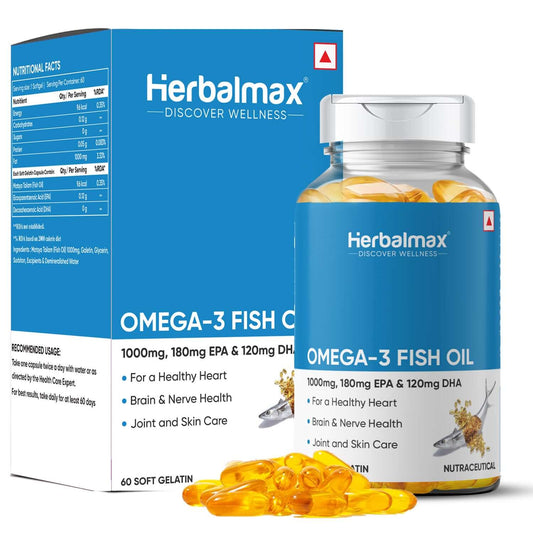Many people notice that pimples often appear in certain areas of the face, like the forehead, cheeks, or chin. This has led to the idea of “pimple patterns,” where specific spots on the face might be linked to different causes, such as diet, stress, or health problems. For example, some believe pimples on the forehead are related to digestion issues, while those on the chin might be linked to hormones. But is there real science behind these ideas?
Research has looked into how pimples develop and whether their location means something important about our health. Studies from 2013 and 2017 found that pimples are mainly caused by blocked pores, oil production, bacteria, and inflammation. However, these studies also showed that the exact place pimples appear can vary a lot and may not always point to a specific health problem. Another study in 2020 explored how hormones can cause pimples, especially around the chin and jawline, supporting the idea that some patterns could be connected to hormone changes.
While there is some truth to linking pimples with certain health factors, experts say that many things affect acne, and pimple patterns alone can’t tell the whole story. So, while pills and treatments can help clear pimples, it’s best to understand the bigger picture behind acne.
What are pimple patterns, and do they mean something?
If you’ve ever noticed pimples appearing on the same part of your face again and again, you’re not alone. Pimples on the forehead, chin, cheeks, or nose don’t just pop up randomly. Many believe that the position of your pimples says something about your health or lifestyle. For example, forehead acne could be linked to stress or lack of sleep, while chin acne might be connected to hormonal changes.
Though not everything is backed by science, there is growing interest in understanding how our skin behaves — and what helps calm it down. This brings us to an interesting topic: can pills like glutathione tablets help improve your skin and reduce pimples and pigmentation?
Why do people talk about glutathione for skin?
Glutathione is a strong antioxidant that your body already makes on its own. But over time — due to pollution, stress, and lifestyle — the levels may go down. That’s where L-glutathione tablets come in. Many people take these supplements hoping to brighten their skin, reduce dark spots, and manage pigmentation issues caused by acne or other reasons.
The talk about glutathione for pigmentation is quite popular today, especially among people who have tried creams and face washes without long-term results. When nothing works, they start looking inside — and that’s where glutathione catches attention.
What exactly do glutathione tablets do?
You might be wondering, “Do these tablets really help?” The simple answer is — they might. Glutathione tablets are known to support clearer skin by helping remove unwanted substances in the body. When your body is cleaner on the inside, it can often show up as fresher and more even skin on the outside.
People also say glutathione for skin whitening works over time by slowly evening out the skin tone. It may not bleach or change your natural skin color completely, but it can help reduce dullness, spots, and dark patches caused by pimples or sun damage.
So, if you have marks left behind from pimples, glutathione may help you get that smooth skin tone again. It’s not magic, but with regular use, it can support a healthier look.
How should you take glutathione tablets?
Most people take one glutathione tablet a day, usually after breakfast. You can also pair it with vitamin C for extra support, depending on your skin goals. Some take it for a few weeks, while others continue for months.
If you are using glutathione for pigmentation, consistency matters. You won’t see changes in two days. It usually takes at least a month or two of regular use. Drinking enough water and following a basic skincare routine will also improve your results.
Avoid mixing these tablets with junk food or unhealthy habits. Glutathione can help your skin, but it needs a little help from your daily habits too.
When is the right time to start taking glutathione tablets?
There’s no “perfect age” to start, but if you’re someone who’s tired of dealing with stubborn acne marks or uneven skin tone, it could be a good time. Many people in their 20s and 30s try L-glutathione for skin clarity. If your skin is reacting badly to weather changes, pollution, or stress, adding a supplement might offer relief.
Some also start using glutathione tablets for skin whitening before special events, trips, or big occasions where they want to look fresh and glowing. But remember, it works slowly — it’s not an instant glow pill. So planning ahead helps.
Why are glutathione tablets becoming popular for skin?
There are many reasons. First, people are more aware of what goes into their skincare routine. Second, the idea of “beauty from within” is now more accepted. People no longer just apply creams; they look for something that works inside the body too.
Another reason is that glutathione for pigmentation seems to work for a wide range of people — those with oily, dry, or combination skin. Even men are now exploring these tablets for clearer, brighter skin.
How is glutathione different from other skin supplements?
Unlike products that only work on the skin’s surface, L-glutathione goes deep. It helps your body deal with toxins, which may lower stress on your skin. It also supports better skin repair and may slow down early signs of damage or aging.
Many skin supplements focus only on adding moisture or glow, but glutathione tablets aim to clean things up from the inside.
What helps with acne and pimple scars — is glutathione effective?
Yes, it can — especially when used as part of a full routine. While glutathione doesn’t directly stop pimples from forming, it helps with the after effects like marks, dullness, and uneven patches.
If your pimple patterns are linked to stress, diet, or hormones, those need to be addressed too. But once the breakouts are under control, glutathione for pigmentation can help your skin return to a smoother and more even look.
It’s also helpful for people who suffer from redness, acne scars, or tanning — all of which make the skin look uneven.
What should you keep in mind before starting?
Like with anything you take, always read the label and follow the dosage. Most glutathione tablets are safe when taken as directed, but more is not always better. Patience is key.
You can also talk to a skincare expert if you are already on other medications or have specific health concerns.
Lastly, remember that no supplement can replace healthy food, water, and rest. Glutathione is not a quick fix — it’s part of a journey.
Conclusion
So, is there really science behind pimple patterns and pills like glutathione?
While the exact link between where you get pimples and your internal health is still debated, there's a growing belief that what you put inside your body shows up on your skin. And that’s where glutathione tablets come in.
If you’ve been dealing with pigmentation, acne marks, or dull skin, L glutathione uses might be worth exploring. Just take it regularly, stay consistent, and give your skin time to heal and glow again — from the inside out.

























